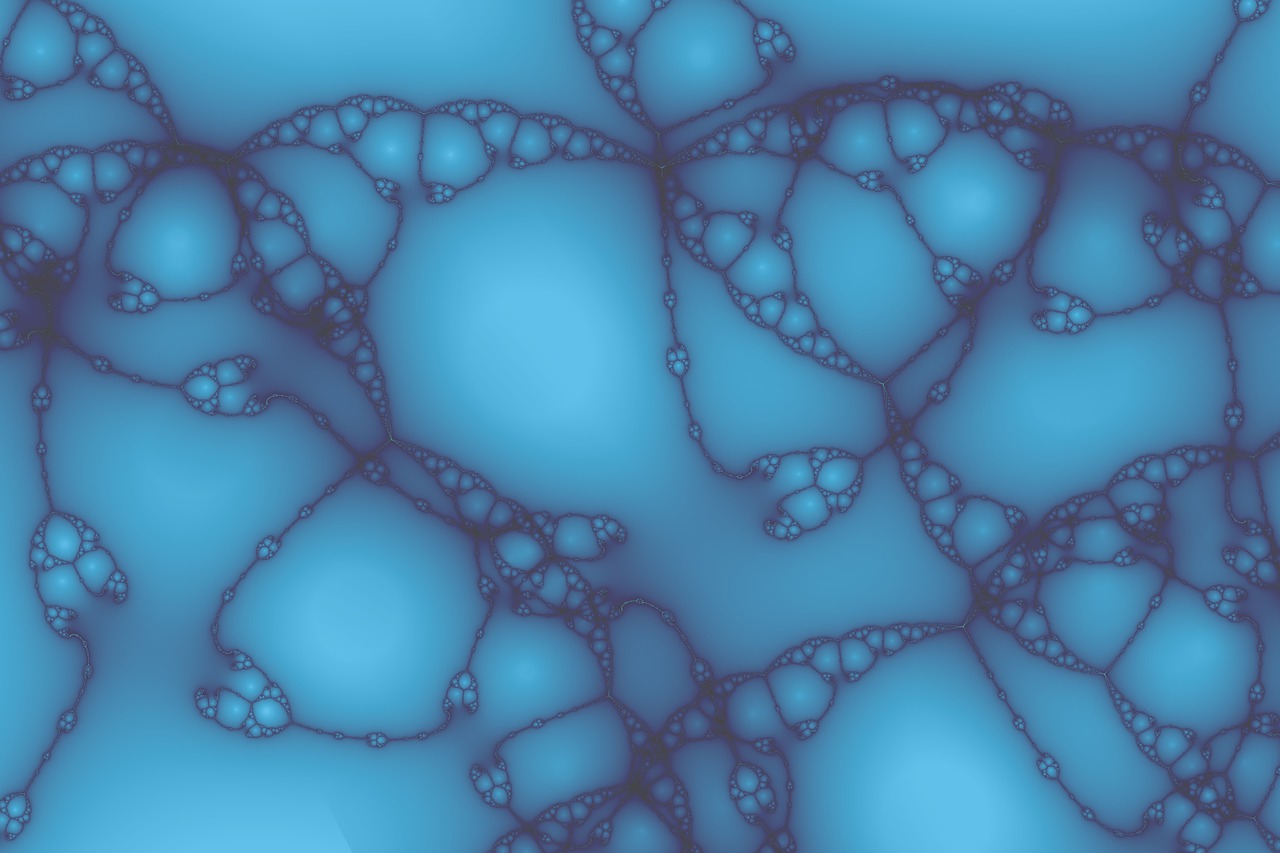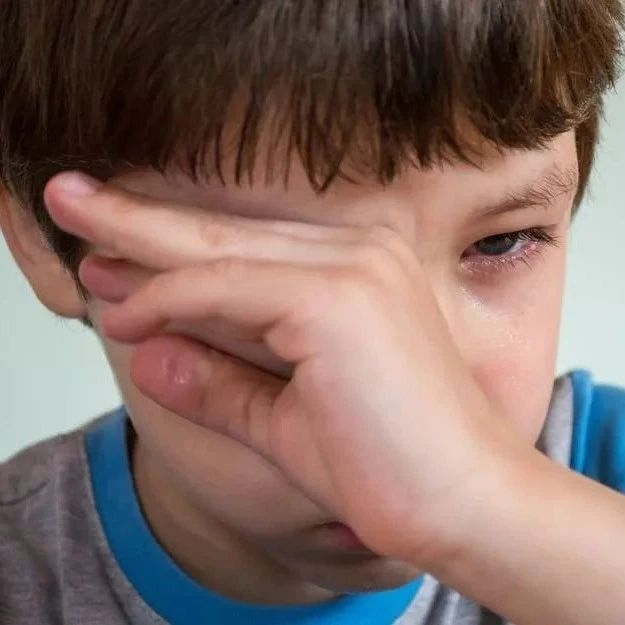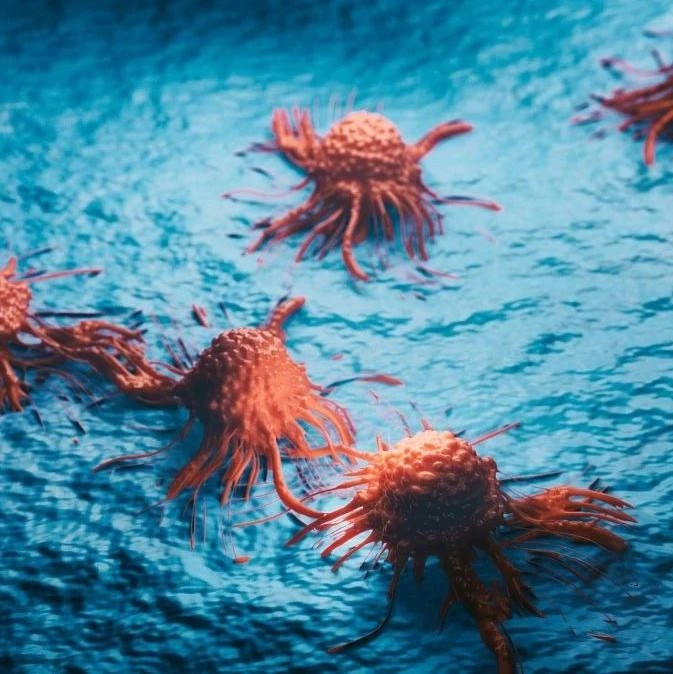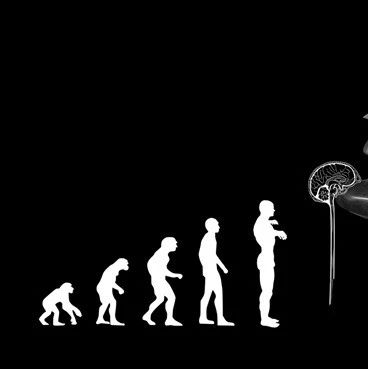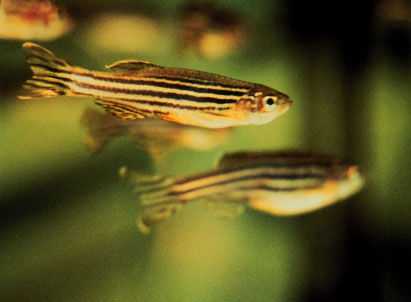
斑马鱼是肢体再生能力最强的动物之一
德国康斯坦茨大学的科学家11月24日宣布,他们经过30年的研究,成功解开动物肢体再生之谜。
康斯坦茨大学贝格曼研究小组通过对斑马鱼的研究,证明视黄酸是肢体再生过程中必不可缺的物质。斑马鱼是肢体再生能力最强的动物之一,它的鳍、鳞和部分心脏都可以再生。
贝格曼称这项成果是“一个巨大的成功”。因为20多年来,科学家们一直不清楚视黄酸对肢体再生起到怎样的作用。
经科学家研究,斑马鱼的鳍再生之前,伤口由多层组织封闭起来。断肢点下的细胞会失去自身的特性而形成胚基。研究人员发现,斑马鱼通过特殊的遗传机制,让视黄酸控制胚基形成,从而完成鳍的再生。
视黄酸在动物、包括人体内由维生素A合成,可以激活肢体再生所必要的基因。此前已有研究表明,妇女在怀孕期间未摄入足够维生素A可能会导致婴儿发育不全。目前,这项研究成果尚无法应用到人类截肢等肢体再生治疗。


Retinoic acid signaling controls the formation, proliferation and survival of the blastema during adult zebrafish fin regeneration
Nicola Blum and Gerrit Begemann
Adult teleosts rebuild amputated fins through a proliferation-dependent process called epimorphic regeneration, in which a blastema of cycling progenitor cells replaces the lost fin tissue. The genetic networks that control formation of blastema cells from formerly quiescent stump tissue and subsequent blastema function are still poorly understood. Here, we investigated the cellular and molecular consequences of genetically interfering with retinoic acid (RA) signaling for the formation of the zebrafish blastema. We show that RA signaling is upregulated within the first few hours after fin amputation in the stump mesenchyme, where it controls Fgf, Wnt/β-catenin and Igf signaling. Genetic inhibition of the RA pathway at this stage blocks blastema formation by inhibiting cell cycle entry of stump cells and impairs the formation of the basal epidermal layer, a signaling center in the wound epidermis. In the established blastema, RA signaling remains active to ensure the survival of the highly proliferative blastemal population by controlling expression of the anti-apoptotic factor bcl2. In addition, RA signaling maintains blastema proliferation through the activation of growth-stimulatory signals mediated by Fgf and Wnt/β-catenin signaling, as well as by reducing signaling through the growth-inhibitory non-canonical Wnt pathway. The endogenous roles of RA in adult vertebrate appendage regeneration are uncovered here for the first time. They provide a mechanistic framework to understand previous observations in salamanders that link endogenous sources of RA to the regeneration process itself and support the hypothesis that the RA signaling pathway is an essential component of vertebrate tissue regeneration.
文献链接:https://dev.biologists.org/content/early/2011/11/17/dev.065391.abstract


